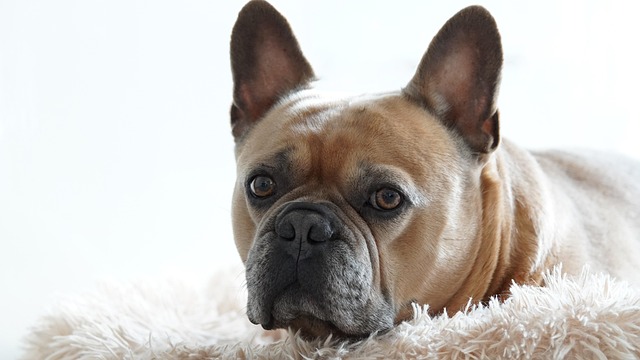
How to stop a puppy biting the leash?
It may seem that puppies biting the leash is just mischievous, but in fact, there are complex behavioral logic and emotional needs behind it.
When we reach out to stroke the dog that is guarding its toy, but suddenly get a fierce growl or even a threatening baring of teeth, the shock and sadness in our hearts well up instantly. The once affectionate companion seems to turn into a strange "little beast", making us feel both scared and heartbroken. The dog's possessive aggressive behavior is like a gulf between the owner and the pet, not only affecting the intimate relationship but also posing potential safety hazards. We are eager to know what causes such behavior and how to cross this gulf to regain the trust and harmony. Behind this lies not only professional knowledge of animal behavior but also our deep love and care for the dog.
From the perspective of animal instincts, possessiveness is an innate nature of dogs. In the wild, the struggle for resources is crucial for survival, and food, territory, and mates are all "treasures" that they must protect. This instinct still exists in pet dogs. Although the living environment has changed, when they face items they consider important, such as food, toys, or the sleeping mat, or even the owner's attention, their protective instinct is triggered. Imagine that in the dog's perception, that small bone or the beloved plush toy is like a precious treasure in the eyes of humans. When someone tries to "snatch" it, they will naturally rise to protect it. Looking at the dog's tense body and vigilant eyes while guarding the item, we can feel its inner unease and better understand that this behavior stems from its survival instinct engraved in its genes.
In addition to instincts, the dog's possessive aggressive behavior may also stem from past bad experiences. If a dog has its food or toys taken away frequently in the past, or has lived in an environment with scarce resources, it will develop a strong fear of losing resources. This fear makes them overly nervous and sensitive when they possess items. Once someone approaches, they will mistakenly think that the items are being snatched and launch an attack. For example, a dog that used to be a stray, having fought for every bit of food with other animals during its wandering days, will firmly protect its food and not allow anyone to get close even after being adopted and having its living conditions improved. Every time we see such a dog, our hearts are filled with distress, and we regret not being there earlier in its life to protect it from these harms.
Insufficient socialization is also an important factor leading to the dog's possessive aggressive behavior. If a dog does not receive good social training during its puppyhood and lacks the experience of friendly interaction with humans and other animals, it cannot correctly understand the intentions of others approaching. When the owner or other animals get close to its items, it cannot distinguish whether the other party is curious or really trying to snatch them, and can only protect its "property" through aggressive behavior. Dogs that are always alone at home and have little contact with the outside world are more likely to exhibit this behavior. They are like a lonely "little warrior", arming themselves with aggression to resist all possible "threats", and we sincerely hope to teach them how to let go of their defenses and get along with the world friendly.

After understanding the causes of the dog's possessive aggressive behavior, we need to take targeted countermeasures. First, we should establish a correct relationship between the owner and the pet. In daily life, let the dog understand that the owner is the "leader" through some details. For example, when feeding, the owner prepares the food first and makes the dog sit quietly and wait, and only allows it to eat after receiving the command; when entering the room, the owner goes in first and then allows the dog to come in. These behaviors can gradually make the dog aware of the owner's dominant position in life and reduce its excessive possessiveness of resources. When we see the dog waiting for the command to eat obediently and no longer guarding its food as before, we feel relieved, knowing that we are slowly changing its perception.
Desensitization training is also an effective method. Taking food guarding as an example, when the dog is eating, approach it slowly from a distance. Once the dog shows signs of unease, such as stopping eating or growling, immediately stop approaching and maintain the current distance. After the dog relaxes and continues to eat, try to approach it further. This process may need to be repeated many times, and the distance of each approach should be gradual. At the same time, you can feed the dog more delicious snacks when approaching, so that it associates the approach of people with good things. After a period of training, the dog will gradually get used to someone approaching its food and no longer exhibit aggressive behavior. Watching the dog gradually let go of its defenses during the training and being willing to eat peacefully in front of us, we know that all the patience and persistence are worthwhile.
Distracting the dog's attention and enriching its life are also crucial. Provide the dog with enough toys and replace them regularly to avoid it having an overly strong possessiveness towards a certain toy. At the same time, increase the interactive game time with the dog, such as playing frisbee or hide-and-seek, so that it can consume its energy in the game and feel the owner's love. When the dog's life becomes rich and colorful, it will not focus all its attention on guarding items. Watching the dog happily chasing the toy and releasing its vitality in the game, our hearts are filled with joy, and we hope it can be happy like this all the time.
There are complex reasons behind the dog's possessive aggressive behavior. But as long as we approach it with understanding and love and use scientific methods, we will definitely be able to help it overcome this problem. Every patient training session and every loving gesture is our deep commitment to the dog. One day, when we can stroke the playing dog without worry and look into its trusting eyes, all our efforts will turn into full happiness and satisfaction. Because in our hearts, the dog's health and happiness are worthy of our use of professional knowledge and endless love to solve every problem and protect this precious companionship.

It may seem that puppies biting the leash is just mischievous, but in fact, there are complex behavioral logic and emotional needs behind it.
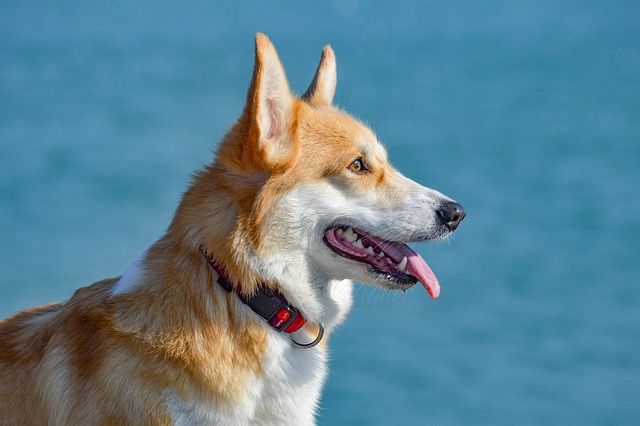
The dog that was originally gentle, well-behaved and had a close relationship with the family suddenly shows its teeth, growls menacingly
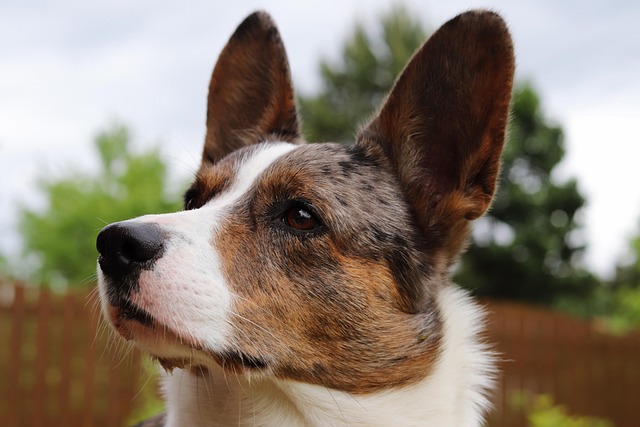
When we get home after a busy day at work and want to relax on the sofa for a while, we find that the sofa is covered with the dog's paw prints and fur,
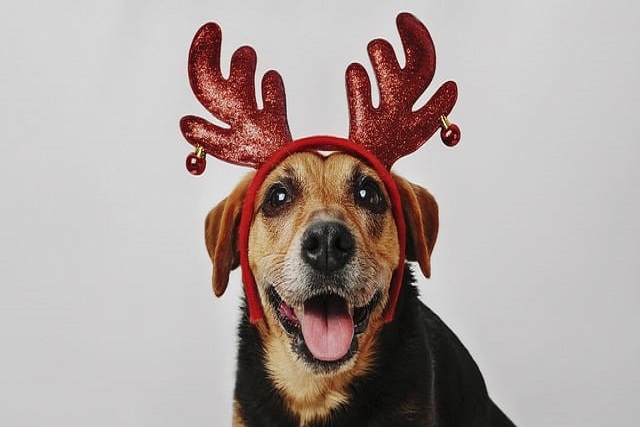
When we walk around at home, a fluffy little figure always follows behind us. Even when we just go to the kitchen to get a glass of water and look back,
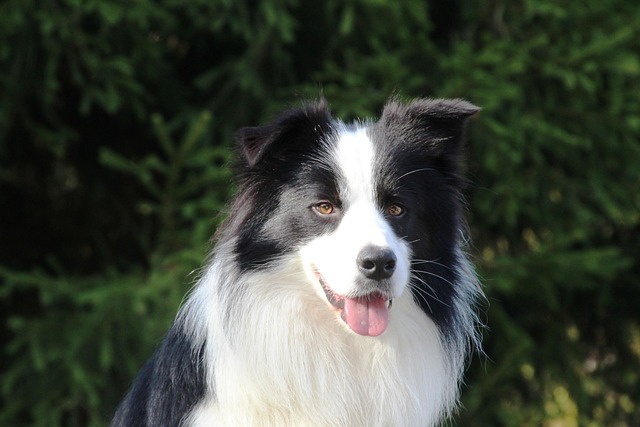
The issue of a dog's toilet behavior may seem like a trivial matter in daily life, but it directly affects the tidiness of the home environment and the owner's quality of life.
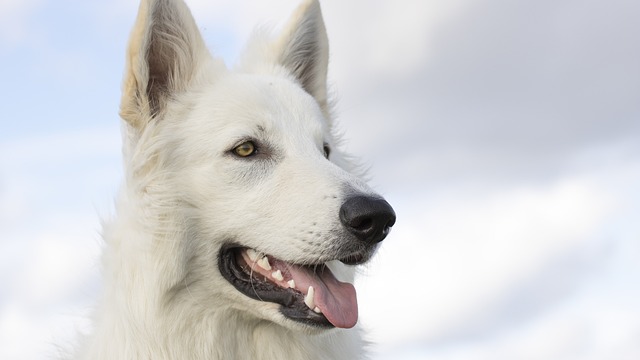
When the lovely dog at home starts barking wildly day and night, breaking the peaceful life with its harsh barking, the feeling of annoyance and helplessness is beyond words.